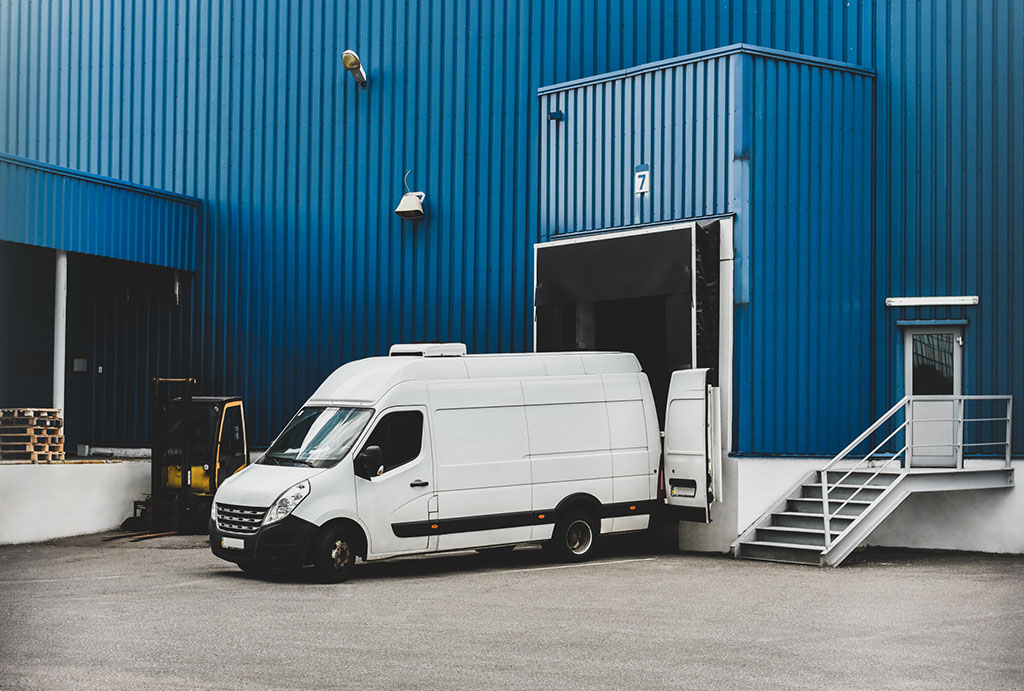
As you’re sitting in traffic on your commute, have you ever looked around and wondered what each of the trucks around you was transporting? You probably haven’t because most people don’t. It may surprise you, then, to learn how many of them are refrigerated.
People tend to think of refrigerated delivery transportation as a specialized industry. In fact, it’s far more widespread and essential to our daily lives than you may realize.
To take a peek into this vital service, check out these fascinating facts.
1. Refrigerated Vehicles Are More Versatile Than You Think
There are certain products that we all assume will arrive in a refrigerated delivery truck. Your ice cream is an obvious one, and so is that ground beef.
However, there are far more items that need refrigerated transportation beyond food.
Some pharmaceuticals like insulin and vaccines need to be kept refrigerated. Others don’t need to be cold, but they need to stay out of hot temperatures so a temperature-controlled compartment can keep them at a stable temperature.
Many of the hygiene products you use every day have also spent time in refrigerated transportation. From skincare products and soap to makeup and perfume, these types of products need to stay at a stable, moderate temperature.
The same is true for more rare, high-end goods. For instance, antiques need to stay in specific conditions to keep their delicate materials intact. The same goes for many types of fine art.
This is merely a small sample of the countless ways refrigerated delivery affects our daily lives.
2. Refrigerated Delivery is Growing
Refrigerated delivery already has a long history of bringing us access to products from all over the country and the world. It shows no signs of stopping.
In fact, the researchers at MarketsandMarkets expect that by 2022, about 3.25 billion tons of cargo will be shipped in refrigeration. This includes refrigeration in all forms of transportation: on the ground, in the air, and by sea.
This would mark a growth of almost 2.5% within five years.
Land transportation is the best-known aspect of the refrigerated transport industry, and rest assured that it will continue to grow as well. The same report estimates that refrigerated land transportation will bring in close to $18 billion in 2022.

3. Almost Every Industry Uses Refrigerated Delivery
For businesses, refrigerated trucks transport more than their office supplies of coffee cream. Refrigerated transportation touches nearly every industry in some way.
Take manufacturing for example. Many chemicals and raw or engineered materials require temperature control.
The same goes for construction and engineering. Even for service industries, chances are that refrigeration was necessary to transport some of the office supplies and electronics you use or the materials that manufacturers used to create them.
4. Refrigerated Transport Is Almost 100 Years Old
As we mentioned above, refrigerated transportation has a long history.
The earliest form of refrigerated transportation was likely in the 1800s by railroad. The first use of our modern version of refrigerated trucks, though, was in 1930.
This method of refrigerated transport was invented by an Ohio man named Frederick Jones. While technology has improved the industry since then, Jones still gets credit for our modern refrigerated delivery as it nears its 100th anniversary.
5. Almost Any Truck Can Become a Refrigerated One
Some trucks are built as refrigerated units from the start. If you’re trying to buy a refrigerated vehicle and you’re coming up short, though, you have other options.
In fact, we can retrofit a wide range of vehicles to turn them into refrigerated units. This includes vans, trucks, and more.
However, heed our warning: don’t try to convert your vehicle to a refrigerated truck by yourself.
It involves complicated mechanics and every vehicle has its own quirks and features. You need to hire a professional who can give you effective temperature control while keeping your vehicle as fuel-efficient as possible.
6. Temperature-Controlled Vehicles Come in All Shapes and Sizes
If you’re thinking about how a temperature-controlled vehicle could open doors for your business, you may have more options than you think.

Many sizes and types of businesses use refrigerated transportation. As a result, this transportation comes in many forms to fit all of these differing needs and budgets. For smaller operations, smaller temperature-controlled trucks and vans could fit your budget.
Temperature-specific vehicles aren’t limited to refrigerated trucks either. Vehicles can also house heated or frozen compartments.
7. Refrigerated Delivery Vehicles Are Looking Out for the Environment
We don’t have to tell you that there is significant social pressure on companies to reduce their carbon footprint. The refrigerated delivery industry is no exception.
This industry is constantly on the lookout for new technology that reduces emissions from refrigeration. This includes changes to the equipment and the in-vehicle computers alike to use as little fuel as possible in any situation.
Keeping It Cool
Refrigerated transportation doesn’t get the reputation it deserves. People think of it as a niche service that only a few industries and businesses need.
The fact is that refrigerated delivery has an impact on all of our lives, both personally and professionally. The facts above can help you keep your finger on the pulse of this essential part of our economy.
If you’re in need of refrigerated delivery for your company, contact our team.
